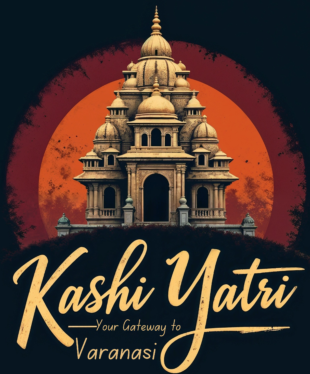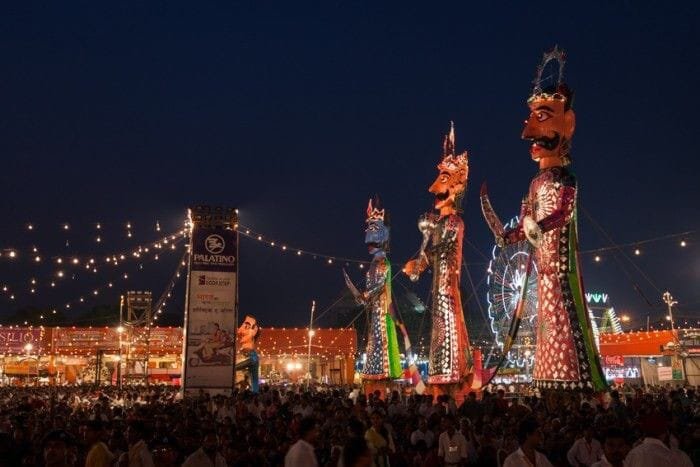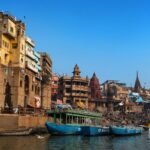The Spiritual Essence of Dussehra
Dussehra, also known as Vijayadashami, is one of the most celebrated festivals in India, symbolizing the eternal triumph of good over evil. This day is not just a momentous occasion for religious gatherings, but it also carries deep spiritual significance and marks the victory of righteousness, morality, and truth. Dussehra is celebrated with fervor across the country, with various regional adaptations that bring unique vibrancy to the occasion.
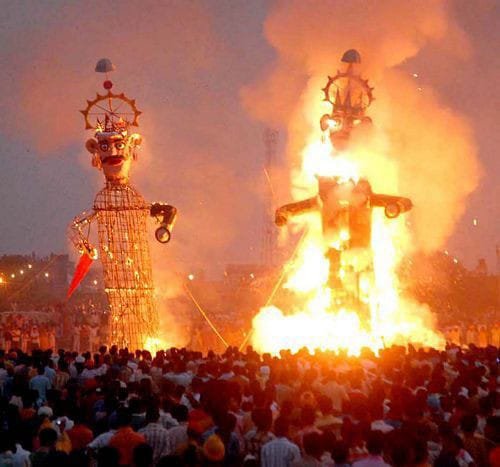
The celebration of Dussehra is intrinsically tied to two mythological events: Lord Ram’s victory over the ten-headed demon king Ravana, as detailed in the Ramayana, and Goddess Durga’s triumph over the demon Mahishasura, who wreaked havoc in the realms of heaven and earth. Each of these stories presents timeless lessons of perseverance, bravery, and the ultimate victory of virtue over vice. Let’s explore the history, significance, rituals, and modern-day celebrations of Dussehra in detail.
1. The Mythological Roots of Dussehra: A Tale of Two Victories
A. Lord Ram’s Victory Over Ravana
The Ramayana, an epic that has been passed down through centuries, forms the foundation of many cultural traditions in India. The story of Lord Ram, who embodies virtue, devotion, and dharma (righteousness), is at the heart of Dussehra.
Lord Ram, the eldest son of King Dasharatha, was the crown prince of Ayodhya. However, due to a promise made by Dasharatha to his queen Kaikeyi, Ram was exiled to the forest for 14 years. Accompanied by his devoted wife, Sita, and loyal brother, Lakshman, Ram lived a simple life in the wilderness.
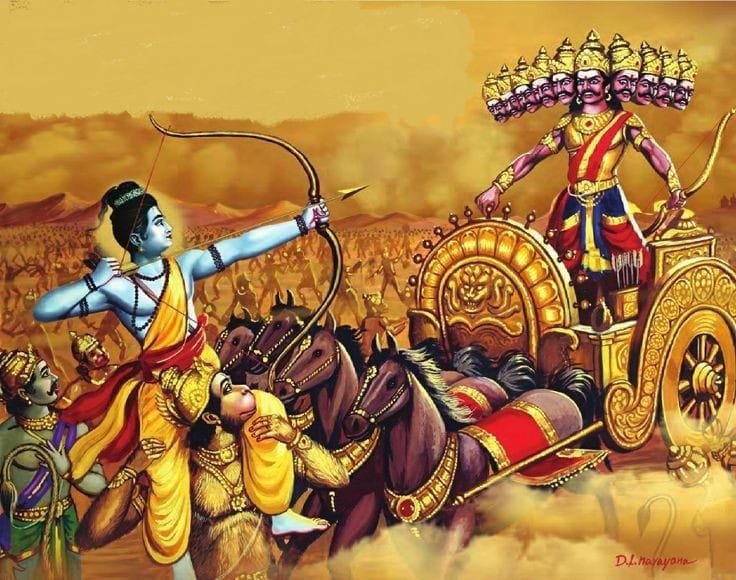
The turning point in the narrative occurred when Sita, charmed by a beautiful golden deer, requested Ram to capture it for her. While Ram and Lakshman were away pursuing the deer (which was actually a ploy by Ravana, the demon king of Lanka), Ravana abducted Sita. This event triggered Ram’s quest to rescue his beloved wife, leading to an epic confrontation between good and evil.
With the help of Hanuman and his army of monkeys, Lord Ram launched a formidable attack on Ravana’s kingdom of Lanka. The battle was fierce, but after days of intense warfare, Ram was able to defeat Ravana, symbolizing the victory of good over evil. The burning of effigies of Ravana, Meghnath, and Kumbhakarna during Dussehra represents the eradication of greed, arrogance, and lust from our lives.
B. Goddess Durga’s Battle with Mahishasura
The second legend associated with Dussehra revolves around the fierce battle between Goddess Durga and the shape-shifting demon Mahishasura. This story is particularly popular in eastern parts of India, where it coincides with the culmination of the nine-day festival of Navratri.
Mahishasura, the ruler of the underworld (Patal Lok), was a powerful demon who sought to conquer both the earth (Bhu Lok) and heaven (Swarg Lok). After severe penance, he was granted a boon by Lord Brahma that no man or god could kill him. His only vulnerability was that he could be slain by a woman—a loophole that he believed would make him invincible, as he underestimated the power of women.
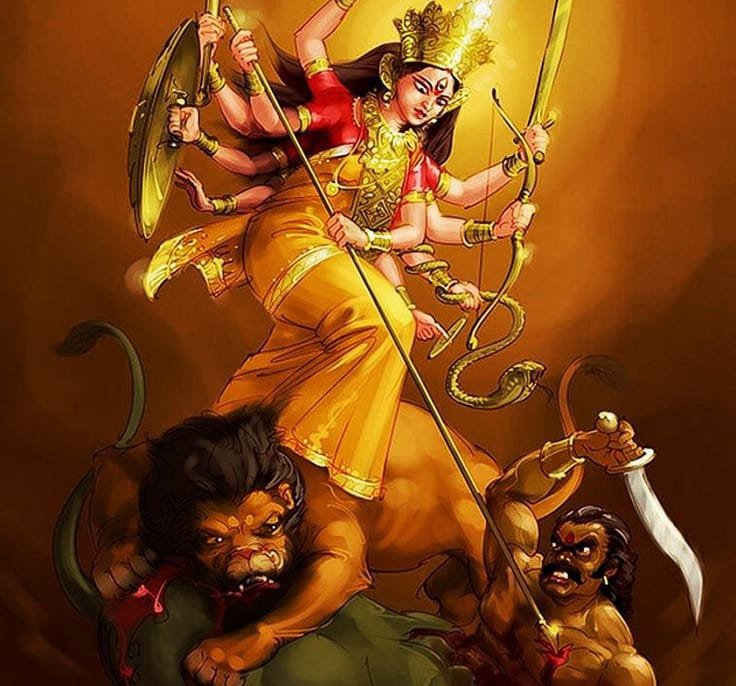
To counter Mahishasura’s growing tyranny, the gods united their powers to create the ultimate warrior: Goddess Durga. Armed with weapons from all the deities, Durga rode into battle on a lion, waging a fierce war against Mahishasura and his army of demons. After a long and intense battle, Durga finally killed Mahishasura, restoring balance to the cosmos.
The festival of Dussehra thus serves as a reminder of Durga’s indomitable strength, bravery, and the divine feminine power that brings down even the mightiest of evil forces.
2. The Significance of Dussehra: Spiritual and Cultural Symbolism
Dussehra is a Sanskrit word that means “removing ten evils.” The celebration encompasses not just the victory of gods and goddesses, but also the symbolic destruction of the ten negative qualities that exist within each of us: lust, anger, greed, delusion, pride, envy, selfishness, injustice, cruelty, and ego. The burning of Ravana’s effigy signifies the internal battle to overcome these vices, urging individuals to lead a life of virtue and morality.
Both stories of Dussehra—Lord Ram’s victory and Goddess Durga’s triumph—highlight essential spiritual values:
- Dharma (Righteousness): Dussehra reminds us to always stand for truth and righteousness, even in the face of overwhelming odds.
- Shakti (Power): The story of Goddess Durga emphasizes the divine power of Shakti, or the feminine energy, which sustains and protects the universe.
- Karma (Action): The festival urges people to act with purpose and integrity, teaching that good actions will ultimately lead to positive outcomes.
3. How Dussehra Is Celebrated Across India
Dussehra is celebrated with tremendous zeal across the country, though the customs and rituals vary regionally. Let’s explore the various ways in which different parts of India observe this festival:
A. North India: The Ram-Leela and Burning of Ravana’s Effigy
In northern India, Dussehra is synonymous with Ram-Leela, a dramatic retelling of the Ramayana. Starting from the first day of Navratri, Ram-Leela performances take place in local theaters and outdoor stages, often lasting until the final day of Dussehra. These plays reenact the story of Lord Ram’s life, culminating in the battle between Ram and Ravana.
The highlight of the festival occurs in the evening when giant effigies of Ravana, along with his brother Kumbhakarna and son Meghnath, are set ablaze. This ritual burning, known as Ravana Dahan, is a symbolic representation of the destruction of evil forces.
B. West Bengal: Durga Puja
In West Bengal, Dussehra is closely linked to the celebration of Durga Puja. The festival is marked by elaborate pandals (temporary shrines) where intricately crafted idols of Goddess Durga are worshiped for five days. The entire city is transformed into a vibrant and joyous atmosphere, with cultural performances, traditional dances, and community feasts.
On the tenth day of the festival, known as Vijayadashami, the idols of Goddess Durga are carried in a grand procession and immersed in a river or sea, symbolizing her return to Mount Kailash, the home of her husband, Lord Shiva.
C. Karnataka: The Mysore Dussehra
The Mysore Dussehra in Karnataka is one of the grandest celebrations in the country. The festival dates back to the 15th century, during the reign of the Wadiyar kings, and has since evolved into a magnificent display of tradition and grandeur.
The Mysore Palace is illuminated with thousands of lights, and a grand procession featuring a statue of Goddess Chamundeshwari atop a beautifully decorated elephant is carried through the streets. Cultural programs, parades, and exhibitions make this a unique and festive occasion.
D. Maharashtra: Simollanghan and Traditional Dussehra Customs
In Maharashtra, Dussehra is marked by a unique tradition known as Simollanghan, where people symbolically cross the boundaries of their village, representing the crossing over into new opportunities and the victory over limitations. People exchange leaves of the Apta tree (known as “gold”) as a gesture of goodwill and prosperity.
The burning of Ravana’s effigy also takes place in some regions, but the focus of the celebration is often on the victory of Goddess Durga and the culmination of Navratri.
4. Modern-Day Relevance: Dussehra’s Message in Today’s World
The timeless message of Dussehra holds significant relevance in the modern world. In a time where global issues such as injustice, inequality, and environmental degradation are prevalent, the festival’s emphasis on moral values serves as a reminder to uphold righteousness in our personal and collective actions.
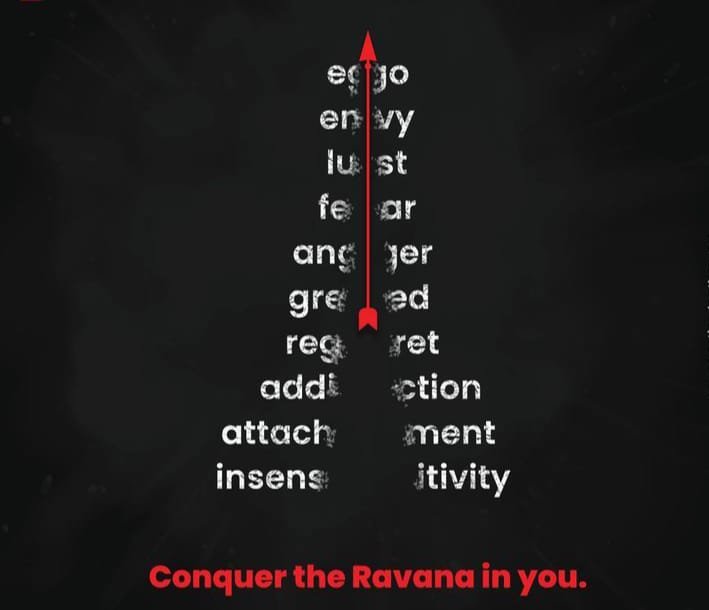
A. The Battle Against Personal Demons
The concept of “removing the ten evils” is more pertinent than ever. In today’s fast-paced world, individuals are constantly battling personal demons like stress, greed, and ego. Dussehra encourages self-reflection and inner purification, inspiring people to strive for personal growth and lead a balanced life.
B. Women’s Empowerment and the Story of Durga
The story of Goddess Durga’s battle against Mahishasura resonates deeply with modern movements for gender equality and women’s empowerment. Durga represents the power and potential of women to stand up against injustice and inequality, offering a symbol of hope and strength for women around the world.
C. Global Implications: A Victory for Justice and Truth
Dussehra’s message extends beyond personal morality to broader societal and global issues. The battle between good and evil, as represented by Ram and Ravana or Durga and Mahishasura, echoes the ongoing struggle for justice, equality, and peace in the world. The festival reminds us that, no matter how difficult the challenges we face, truth and justice will eventually prevail.
Conclusion: The Lasting Legacy of Dussehra
Dussehra is more than just a festival; it is a profound celebration of the eternal victory of good over evil, of light over darkness, and of righteousness over wrongdoing. Whether through the burning of Ravana’s effigy or the immersion of Durga’s idol, the rituals of Dussehra serve as reminders of our personal and collective responsibilities to uphold moral values.
As we celebrate Dussehra each year, we not only honor the legendary victories of Lord Ram and Goddess Durga, but we also reaffirm our commitment to vanquishing the metaphorical demons that exist within our society and ourselves.
In an age where the world is constantly evolving, the message of Dussehra remains timeless. It teaches us the power of resilience, courage, and virtue, inspiring each of us to contribute to a better and more just world.
